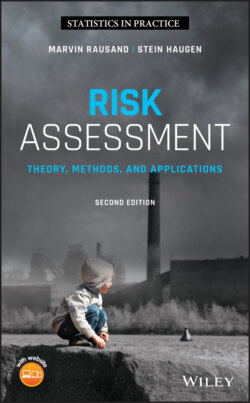Читать книгу Risk Assessment - Marvin Rausand - Страница 101
2.5.2 Categories of Human Victims
ОглавлениеIn most risk assessments, humans are considered to be the most important asset. The possible victims of an accident are sometimes classified according to their proximity to and influence on the hazard (Perrow 1984):
1 (1) First‐party victims. These are people directly involved in the operation of the system. Employees in a company where accidents may occur are typical examples of first‐party victims.
2 (2) Second‐party victims. These are people who are associated with the system as suppliers or users, but exert no influence over it. Even though such exposure may not be entirely voluntary, these people are not innocent bystanders, because they are aware of (or could be informed about) their exposure. Passengers on airplanes, ships, and railways, for example, are considered to be second‐party victims.
3 (3) Third‐party victims. These are innocent bystanders who have no involvement in the system, for example, people living in the neighborhood of a plant.
4 (4) Fourth‐party victims. These are victims of yet‐unborn generations. The category includes fetuses that are carried while their parents are exposed to radiation or toxic materials, and all those people who will be contaminated in the future by residual substances, including substances that become concentrated as they move up the food chain.
